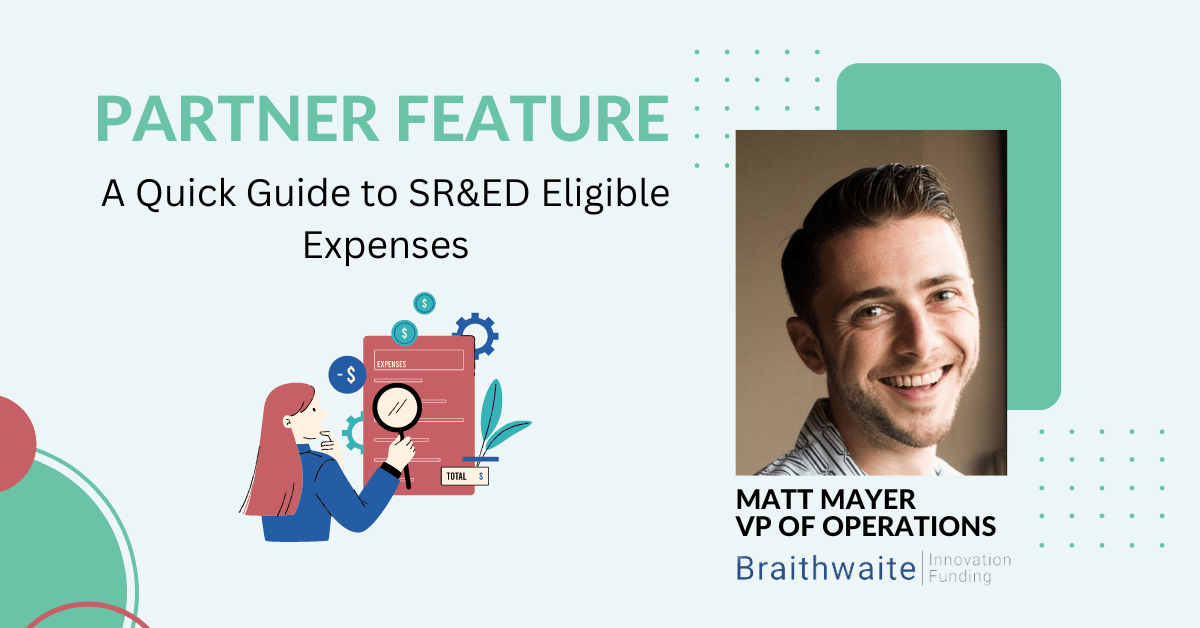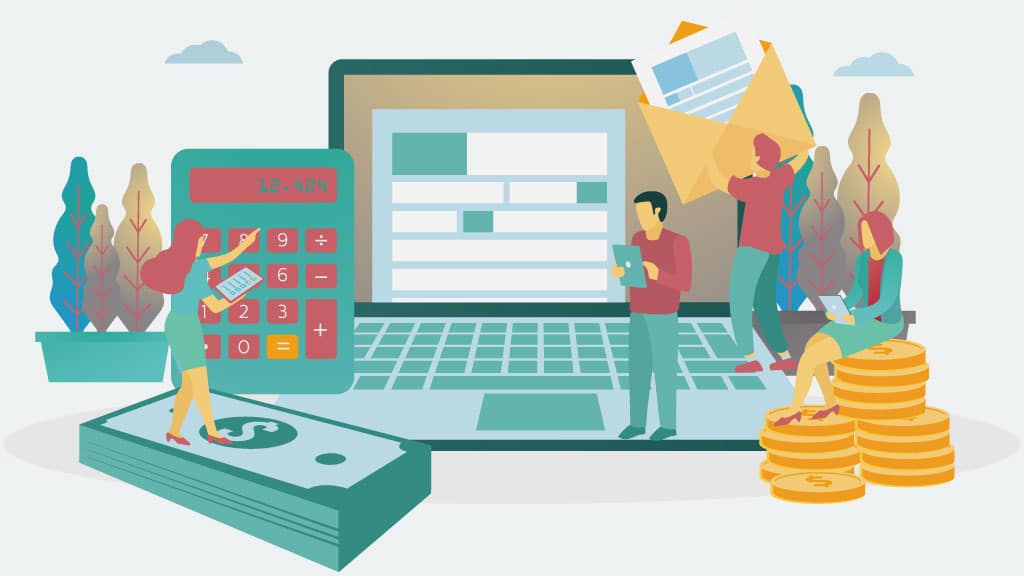Reading time: 7 minutes.
Now is a great time to slow your burn rate. Venture capitalists (VCs) and venture debt investors have spoken. With a recession on the horizon, it’s time for a mindset change. Whether you’ve just ended a successful round of funding or not, a fresh challenge awaits you.
Big spending is out, and frugality is back in style. The amount of funds you’ll be capable of raising in the future is likely to decrease and the time between those funding rounds will likely increase. To make matters more difficult, it will probably take you longer and require more effort to finalize a capital raise. As a result, you’ll need a laser-like focus on your burn rate to make the cash you have today last longer and extend your runway.
Shifting opinion
Approximately six months into the COVID-19 pandemic, a peculiar thing happened; funding for startup boomed! It was smooth sailing until March 2022 and pushed investment to record levels. Investors primed their startups and scaleups to grow during this boom. Controlling expenditures took a back seat.
Now, the seas are rough for startups looking for capital. Interest rates and inflation are rising, supply chains are strained, and geopolitical tensions are at boiling point. A market correction is underway. The message to startups is: preserve cash, cut costs and accept lower valuations if you want VC investment. Market forces encourage startups with less than 12 months of runway to sell to strategic investors. However, what if you can’t or won’t sell? That’s where your burn rate comes into play.
Money to burn
Your cash burn rate measures how quickly your business consumes its cash reserves. It’s a critical metric for startups because they frequently operate at a loss in their early years. So, if you’re a pre-revenue startup and know your cash burn rate, you can calculate the runway you have before running out of capital. It gives you a timeline for when you need to seek VC investment, borrow money, or start turning a profit. Finding the optimal burn rate for your startup is like walking a tightrope between growth and profit. If your company’s burn rate is too high, you could risk failure by draining capital reserves too rapidly without a clear path to profitability. But if your burn rate is too low, you may not be growing fast enough, which could allow your competitors to leave you for dust.
Gross vs net burn rates
The difference between gross and net burn rates is easy to remember. Your gross burn rate is the amount of capital your business is spending. And your net burn rate is how much money your business is losing. Gross burn rates don’t include your revenue. Net burn rates do. So your net burn rate is what you need to calculate your runway.
Working out your burn rate and runway
In the fast-moving world of innovation and startups, burn rates are usually calculated monthly. But to get a more accurate indication, average your monthly burn rate over three months — longer if possible. In fact, the longer, the better.
To calculate your gross burn rate, take your total expenses divided by the months when the spending took place.
expenses/number of months = gross burn rate
To calculate your net burn rate, you need your cash balance at the beginning of a set period and subtract the cash balance at the end of that period. Then, you divide this amount by the number of months that make up that period.
(starting balance – ending balance)/number of months = net burn rate
To calculate your runway, divide your current cash balance by your net burn rate using this formula.
cash balance/net burn rate = cash runway
The answer you get is how long you have before your startup runs out of cash. There’s no hard and fast rule for how long your runway should be. It depends on the stage your business has reached and how far you are from profitability. But generally speaking, 18 months of runway is a reasonable length to aim for, especially as startups with less than 12 months of runway are currently urged to sell up.
Ways to cut your burn rate
Your net burn rate’s size hinges on how much money your startup is losing per month, which determines the length of your runway.
Typically, you’ll have two levers to slow your burn rate: cutting your company’s costs (the “expenses” part of the gross burn rate formula) or bringing in more capital (the “starting balance” part of the net burn rate formula). Your business can bring in additional capital by increasing sales, raising equity or borrowing money.
Thrive on thrifty
If your startup isn’t generating revenue yet, your only way to reduce your burn rate without seeking external capital is to reduce your spending. So let’s look at what your best cost savings options are.
Cut unnecessary expenses
Go through your expenses with a fine-tooth comb and weed out any unessential for your core business goals, such as entertainment and side projects. Once you’ve done that, drill down into the items you need to spend on and explore whether there are cheaper or free solutions that could be used instead, e.g. coworking hubs instead of leasing office space. But be careful. You don’t want to cut costs so much that inefficiency creeps in and, with it, hidden costs such as reduced productivity.
Institute a hiring freeze and reduce headcount
A hiring freeze is an intelligent move if money is tight and recession is in the air. And if you have any staff that aren’t able to add value and increase your speed to market, let them go. Recessions and deadwood don’t mix. They spell bad news for cash-strapped startups.
Revisit your cash flow and accounting policies
Are your customers paying you on time, every time? If the answer is no, make it a priority to follow up on any late or unpaid invoices vigorously. And when paying your suppliers, wait to settle your invoices until they are due for payment.
Capital gains
In any business, there is only so much cost-cutting you can do. Getting more money in the door is crucial and strategically sets your venture on a pathway to future profitability.
Grow your sales
If you’re revenue-generating, attracting new customers and increasing sales to existing customers should be a top priority.
Attract investors
Although it’s not a great time to raise equity, it’s still possible. Remember, we’re in a bear market, so be prepared to accept a lower valuation and give up a larger share of equity in return for the investor capital you’re seeking. Depending on your business stage, equity crowdfunding is an avenue worth exploring until the looming slump passes.
Debt and alternative finance
It can be challenging for startups and early-stage ventures to access business loans from big banks. Alternative lenders, including peer-to-peer financiers such as Lending Loop and revenue-based finance such as the loans offered by BDC, are increasingly addressing this gap in the financing market. But if your startup is non-revenue generating, funding from these categories of alternative lenders will likely be off the table too. If you’re undertaking research and development that qualifies for SR&ED tax credits, then SR&ED financing from Venbridge can help. If you are eligible for a refundable Scientific Research and Experimental Development (SR&ED) tax credit, you are eligible to apply for SR&ED financing. That is to say, Venbridge can help you access your expected refundable SR&ED tax credit in just a few business days, whether you’re early-stage and have no revenue or a late-stage startup or scaleup.
Finding affordable, reliable capital
Even if your startup or scaleup successfully attracts investors during the current global downturn, you’ll be giving away more equity, at a lower price, than during a bull market. So why not explore what your SR&ED financing options are with Venbridge? SR&ED financing can fulfil many purposes for innovative businesses. Our funding can be a crucial source of capital to extend your business’s cash runway without losing equity to investors. This capital also can be part of a diverse funding strategy for ventures with equity backers. Many clients tell us that in addition to extending their runway and giving them greater financial stability, having Venbridge’s SR&ED financing in their capital stack makes raising capital easier.
Our SR&ED financing lets you access to up to 80% of your expected SR&ED refund in just a few business days. We offer fixed, affordable interest rates with no repayments until your SR&ED refund arrives.
Click here to contact our team of experts today and access our flexible, scalable capital to slow your burn rate and extend your company’s runway.




